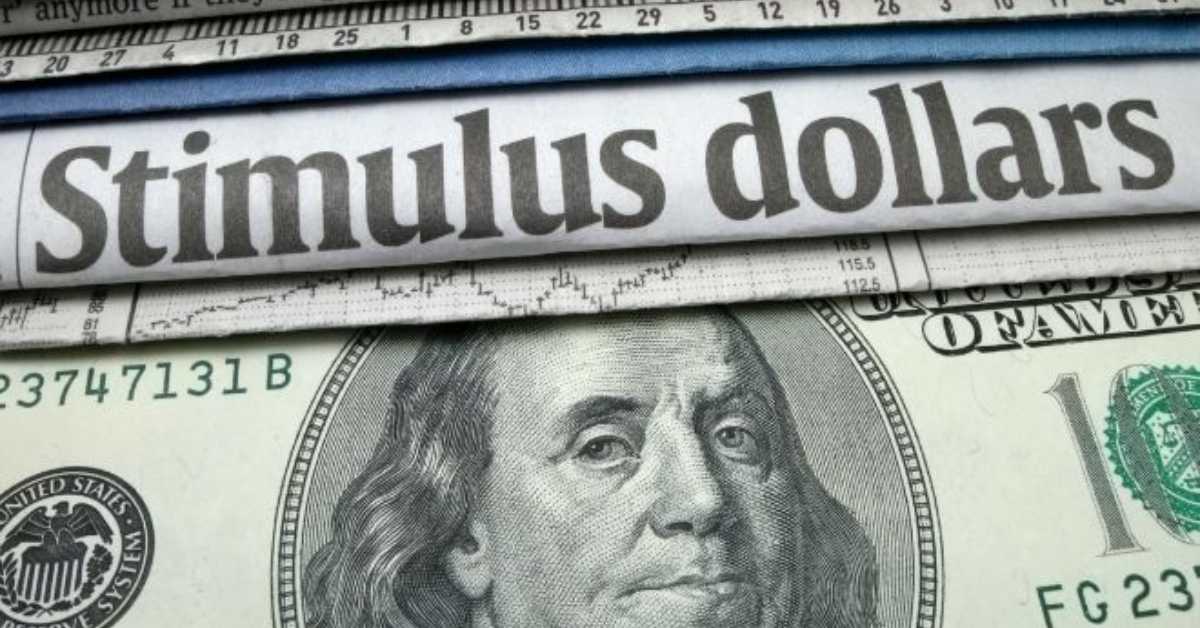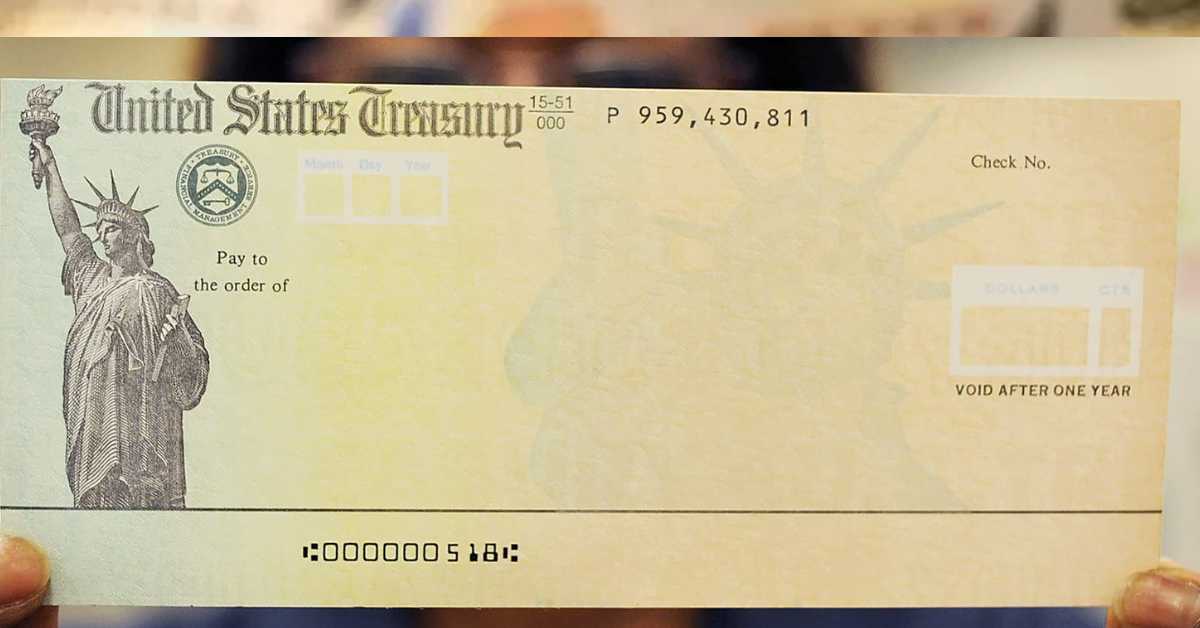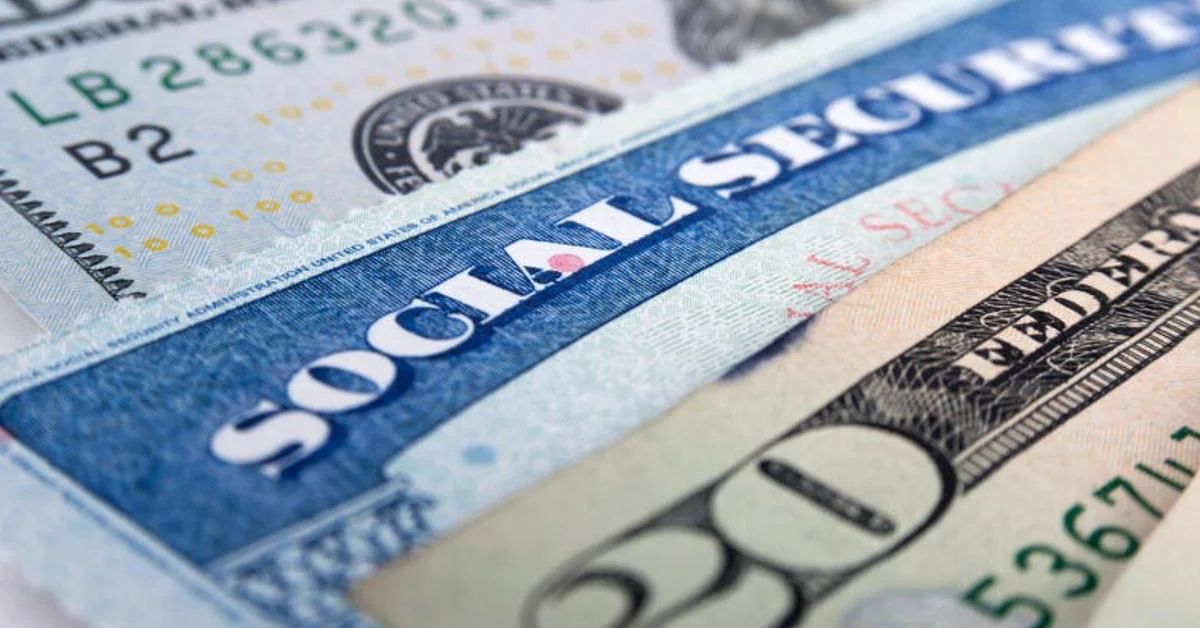The global pandemic has left an indelible mark on the world’s economy, with millions grappling with financial uncertainties. In response, the U.S. government has initiated a series of stimulus checks to provide relief. As discussions around the 4th Stimulus Check gain momentum, let’s delve deeper into what it entails and its implications.
Understanding the 4th Stimulus Check
The 4th Stimulus Check, a financial relief package, is part of the U.S. government’s strategy to provide direct financial assistance to its citizens. This move aims to alleviate the economic strain caused by the pandemic, ensuring that individuals can meet their basic needs.
Historical Context
The U.S. government, in the past, has rolled out three stimulus checks. The first, amounting to $1,200, was distributed in early 2020. This was followed by a $600 check in late 2020 and a $1,400 check in early 2021. The proposed 4th Stimulus Check is a continuation of this effort.
Key Features of the 4th Stimulus Check
Direct Financial Aid: The check serves as a lifeline for many, especially those who’ve lost jobs or faced pay cuts during the pandemic.
Varied Amounts: The exact amount varies based on several factors, including income, tax filing status, and number of dependents.
Economic Revival: By putting money directly into people’s hands, the government aims to boost spending and revive businesses.
Determining the Release Date
The exact release date for the 4th Stimulus Check remains a topic of speculation. However, based on previous trends, once approved, the IRS usually begins distribution within weeks. The IRS’s online portal provides real-time updates, ensuring transparency in the process.
Eligibility and Requirements
The eligibility criteria for the 4th Stimulus Check are expected to be in line with previous checks:
Income Thresholds: Individuals earning up to $75,000, head-of-household earners with an income of $112,500, and married couples with a combined income of $150,000 are likely to qualify for the full amount.
Dependents: Additional amounts are typically provided for dependents, ensuring families receive adequate support.
State-specific Initiatives
Several states, recognizing the need for additional support, have rolled out their own stimulus checks:
California: Known for its Golden State Stimulus, California has provided additional financial aid to its residents.
Maryland: The state offered direct payments to those with low to moderate incomes.
New Mexico: A one-time payment was provided to those who didn’t qualify for federal stimulus money.

The Broader Economic Impact
The ripple effect of the stimulus checks is evident. With more disposable income, consumer spending has seen a surge, benefiting businesses, especially local ones. This, in turn, has led to job creation, further stabilizing the economy.
Potential Concerns
While the stimulus checks have been lauded for their immediate relief, some economists express concerns about long-term inflation. The influx of money into the economy, coupled with increased demand, could lead to price hikes.
Conclusion
The 4th Stimulus Check, if approved, will undoubtedly provide much-needed relief to millions. As we navigate these unprecedented times, such measures underscore the government’s commitment to its citizens. However, it’s essential to stay informed and rely on official sources for updates.
Disclaimer
This article is for informational purposes only and does not constitute financial or legal advice. The information presented is based on available data at the time of writing and may be subject to change. Readers are advised to consult with official sources or financial professionals before making any decisions based on the content.



